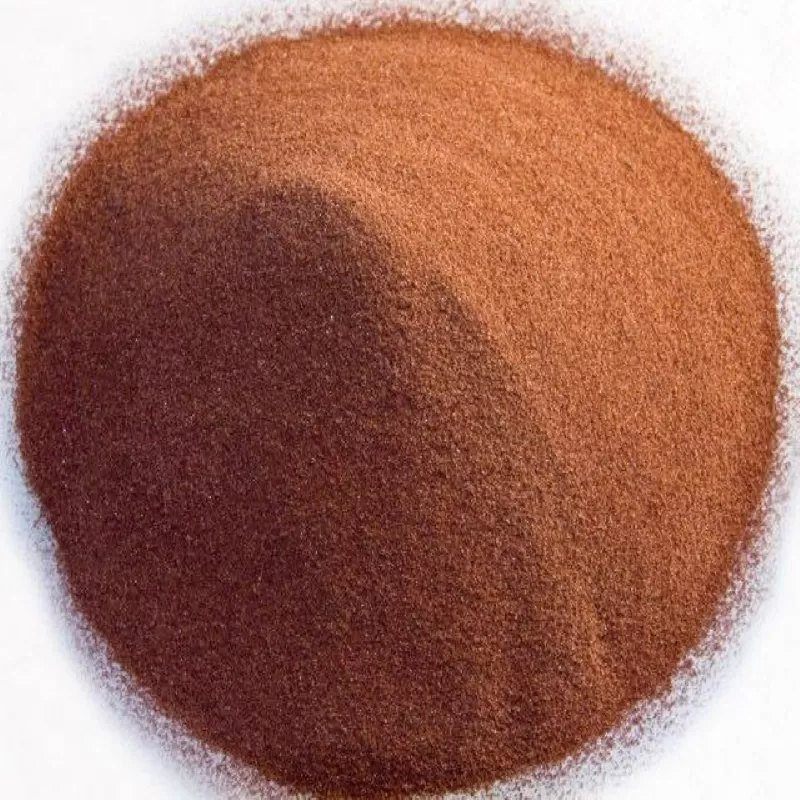CuSn10 Spherical Bronze Powder
Formula | CuSn10, Bronze |
Synonyms | CuSn10 spherical particles, Bronze spherical powders, Copper-Tin Alloys Powder, CuSn10 thermal spray powder, CuSn10 gas atomized powder |
Appearance | Brown Powder |
Particle Size | 0-45 um, 45-105 um, can be customized upon request |
Melting Point | 1020 – 1040°C |
Density | 8.8 g/cm 3 |
Tensile strength | 350-550 MPa |
Apparent density | >4.4 g/m3 |
Description of CuSn10 Spherical Powder
CuSn10 spherical powder, also know as Bronze Powder, is a Copper Tin alloy powder with 90% copper (Cu) and 10% tin (Sn). Its spherical particles ensure excellent flowability and packing density, making it ideal for dditive manufacturing and powder metallurgy.
Princeton Powder is a leading supplier of CuSn10 copper powder. We specialize in a comprehensive range of spherical powder products and possess extensive expertise in additive manufacturing (3D printing) industry. With our expertise, we are confident in supporting your projects effectively and provide you with reliable solutions.
Chemical Composition
| Element | Weight % |
|---|---|
| Copper (Cu) | Remainder |
| Tin (Sn) | 9-11% |
| Lead (Pb) | 0.2% max |
| Zinc (Zn) | 0.5% max |
| Other impurities | 0.1% max |
Mechanical Properties
| Property | Values |
|---|---|
| Hardness | 80-110 HB |
| Tensile strength | 350-550 MPa |
| Yield strength | 220-320 MPa |
| Elongation | 10-20% |
| Modulus of elasticity | 110-140 GPa |
Particle Size distribution
0-15μm, 15-53μm, 45-105μm, 45-150μm. (Various particle sizes can be customized)

Applications
- Additive Manufacturing (3D Printing):
- Powder Metallurgy:
- Electronics:
- Welding and Brazing:
- Wear-Resistant Coatings:
Spherical CuSn10 copper alloy Powder Reference
Corrosion Resistance of 316L/CuSn10 Multi-Material Manufactured by Powder Bed Fusion
- by combining 316L and CuSn10, 316L’s high mechanical–technological and corrosion-resistant properties can be combined with the good thermal conductivity of the copper-based alloy. This is a promising solution for, e.g., complex cooling channels in various applications [5,6]. However, joining materials with significantly different thermophysical properties is challenging and can lead to insufficient adhesion between materials during use [7]. Therefore, a sufficient diffusion layer between two materials is beneficial, as it creates a strong bonding and a smooth transition into each other. Powder Bed Fusion (PBF), which belongs to the Metal Additive Manufacturing (MAM) processes, is particularly suitable.
Bronze Powder (Copper-Tin Alloys): CuSn10 powder, 90% Copper, 10% Tin
Brass Powder (Copper-Zinc Alloys): CuZn30 powder, 70% Copper, 30% Zinc. CuZn40 powder: 60% Copper, 40% Zinc
Copper-Nickel Powder: CuNi10 powder, 90% Copper, 10% Nickel. CuNi30 powder: 70% Copper, 30% Nickel
Copper-Aluminum Powder: CuAl8 powder, 92% Copper, 8% Aluminum
Bronze Powder is a yellow, scaly crystalline powder. In cosmetics and personal care products, Bronze Powder is used in the formulation of blushers, eye makeup, face powders, lipsticks, hair color sprays, hair coloring products and powders.
Bronze, alloy traditionally composed of copper and tin. Modern bronze is typically 88 percent copper and about 12 percent tin.

